-
 Bitcoin
Bitcoin $101,730.5414
-2.70% -
 Ethereum
Ethereum $2,454.6799
-2.55% -
 Tether USDt
Tether USDt $1.0000
-0.02% -
 XRP
XRP $2.4821
4.61% -
 BNB
BNB $657.8495
0.61% -
 Solana
Solana $170.2739
-1.66% -
 USDC
USDC $0.9998
-0.01% -
 Dogecoin
Dogecoin $0.2259
-2.53% -
 Cardano
Cardano $0.8000
-1.49% -
 TRON
TRON $0.2720
2.89% -
 Sui
Sui $3.8978
-2.73% -
 Chainlink
Chainlink $16.4135
-3.46% -
 Avalanche
Avalanche $24.3873
-1.68% -
 Stellar
Stellar $0.3078
0.12% -
 Shiba Inu
Shiba Inu $0.0...01538
-3.80% -
 Hedera
Hedera $0.2113
2.90% -
 Toncoin
Toncoin $3.3163
-1.73% -
 Bitcoin Cash
Bitcoin Cash $406.7742
-0.94% -
 Hyperliquid
Hyperliquid $24.0023
-2.39% -
 Polkadot
Polkadot $5.0218
-2.11% -
 UNUS SED LEO
UNUS SED LEO $8.4943
1.49% -
 Pi
Pi $1.1016
1.30% -
 Litecoin
Litecoin $100.8299
0.36% -
 Monero
Monero $335.7882
-0.16% -
 Pepe
Pepe $0.0...01329
-2.77% -
 Bitget Token
Bitget Token $4.7432
-2.62% -
 Dai
Dai $1.0000
0.01% -
 Ethena USDe
Ethena USDe $1.0009
0.05% -
 Uniswap
Uniswap $6.8219
-1.56% -
 Bittensor
Bittensor $452.7810
-0.39%
MetaMask cross-chain transfer failed. Does the target chain support it?
MetaMask enables cross-chain transfers, but failures can occur due to network issues or insufficient fees; always verify target chain compatibility and settings.
May 12, 2025 at 12:49 pm
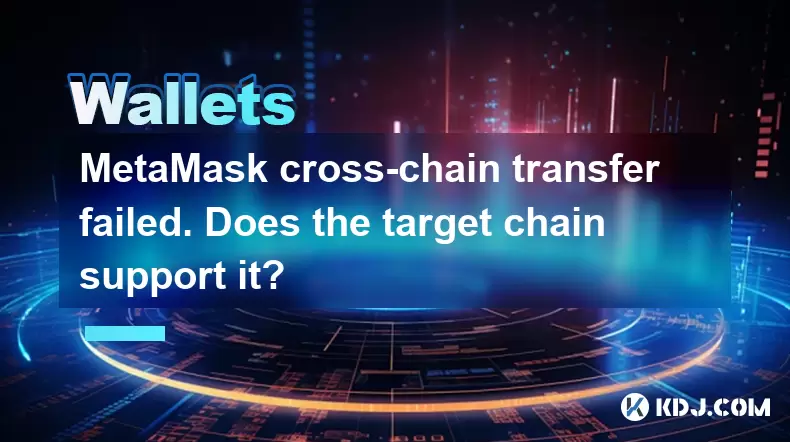
Understanding MetaMask and Cross-Chain Transfers
MetaMask is a popular digital wallet that allows users to interact with the Ethereum blockchain and other compatible networks. It provides a user-friendly interface to manage cryptocurrencies, interact with decentralized applications (dApps), and perform transactions. One of the advanced features that MetaMask supports is cross-chain transfers, which allow users to move assets between different blockchain networks. However, users often encounter issues when attempting these transfers, such as a cross-chain transfer failed error.
What Does "Cross-Chain Transfer Failed" Mean?
When you see the message "cross-chain transfer failed" in MetaMask, it indicates that the transaction you attempted to execute did not complete successfully. This can happen for various reasons, including network congestion, insufficient gas fees, or issues with the target chain's compatibility. One of the critical factors to check is whether the target chain supports the type of cross-chain transfer you are attempting.
Checking if the Target Chain Supports Cross-Chain Transfers
To determine if the target chain supports cross-chain transfers, you need to follow a few steps:
- Identify the target chain: First, you need to know the specific blockchain you are trying to transfer to. This could be Binance Smart Chain, Polygon, or any other network.
- Research the chain's documentation: Visit the official website or documentation of the target chain. Look for sections related to interoperability or cross-chain functionality.
- Check for bridge compatibility: Many chains use bridges to facilitate cross-chain transfers. Ensure that the bridge you are using is compatible with both the source and target chains.
- Verify supported tokens: Some chains may only support specific tokens for cross-chain transfers. Confirm that the token you are trying to transfer is supported on the target chain.
Common Reasons for Cross-Chain Transfer Failures
There are several reasons why a cross-chain transfer might fail, even if the target chain supports it:
- Insufficient gas fees: Each blockchain has its own fee structure. If you do not provide enough gas, the transaction may fail.
- Network congestion: High transaction volumes can lead to delays and failures in cross-chain transfers.
- Smart contract issues: If the smart contracts involved in the transfer are not functioning correctly, the transfer can fail.
- Incorrect settings: Misconfigured settings in MetaMask or the bridge can lead to failed transfers.
How to Troubleshoot a Failed Cross-Chain Transfer
If your cross-chain transfer fails, here are some steps to troubleshoot the issue:
- Check transaction status: Use a blockchain explorer to see if the transaction was processed and where it failed.
- Verify gas settings: Ensure you have set the correct gas limit and gas price for the transaction.
- Retry the transaction: Sometimes, retrying the transaction with adjusted settings can resolve the issue.
- Contact support: If the issue persists, reach out to the support teams of both the source and target chains for assistance.
Ensuring Successful Cross-Chain Transfers
To increase the chances of a successful cross-chain transfer, consider the following tips:
- Use reliable bridges: Choose well-established and reputable bridges for your transfers.
- Monitor network conditions: Keep an eye on the current state of both the source and target networks to avoid peak congestion times.
- Set appropriate fees: Ensure you are setting the right gas fees to cover the costs of the transaction.
- Double-check token compatibility: Always confirm that the token you are transferring is supported on the target chain.
FAQs
Q: Can I recover my funds if a cross-chain transfer fails?
A: In many cases, if a cross-chain transfer fails, the funds will be returned to your wallet. However, the exact outcome depends on the specific circumstances of the failure. It's essential to check the transaction status and contact support if necessary.
Q: Are there any risks associated with cross-chain transfers?
A: Yes, cross-chain transfers come with risks such as smart contract vulnerabilities, bridge hacks, and potential loss of funds if the transfer fails. Always use reputable services and understand the risks involved.
Q: How long does a cross-chain transfer typically take?
A: The duration of a cross-chain transfer can vary widely depending on the networks involved and their current congestion levels. Transfers can take anywhere from a few minutes to several hours.
Q: Can I use MetaMask for all types of cross-chain transfers?
A: MetaMask supports many cross-chain transfers, but not all. It depends on the specific networks and bridges you are using. Always check the compatibility before attempting a transfer.
Disclaimer:info@kdj.com
The information provided is not trading advice. kdj.com does not assume any responsibility for any investments made based on the information provided in this article. Cryptocurrencies are highly volatile and it is highly recommended that you invest with caution after thorough research!
If you believe that the content used on this website infringes your copyright, please contact us immediately (info@kdj.com) and we will delete it promptly.
- XRP Overtakes USDT to Secure the Number Three Spot
- 2025-05-13 04:25:12
- Donald Trump's Meme Coin Is Once Again Making Headlines as the Top 220 Holders Await News on Whether They've Secured an Invitation to Dine with the Former President
- 2025-05-13 04:25:12
- The 4 Best Cryptos to Buy Right Now: Solana (SOL), Ripple's XRP, Hyperliquid (HYPE), and BlockDAG (BDAG)
- 2025-05-13 04:20:12
- BlockDAG's Rollback Event Promises 1279% ROI Ahead of Launch
- 2025-05-13 04:20:12
- Pepeto Pushes Meme Coins Forward: Can It Become the Next 100x Memecoin Star?
- 2025-05-13 04:15:12
- Altcoins Are Surging as Bitcoin Dominance Pulls Back, Suggesting a Renewed Flow of Capital Into Ethereum
- 2025-05-13 04:15:12
Related knowledge
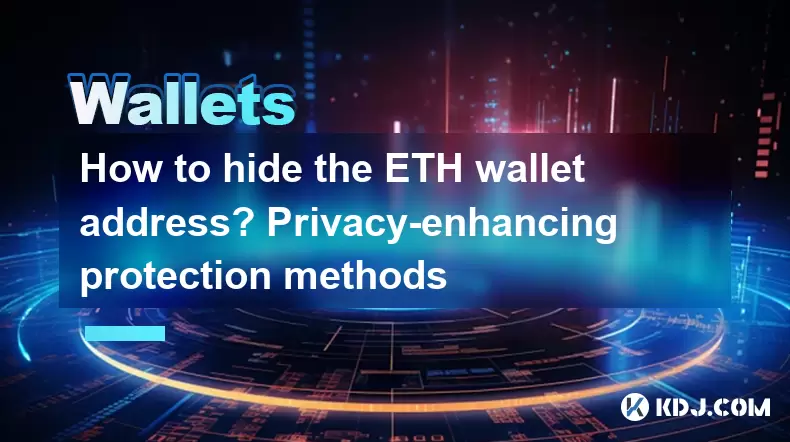
How to hide the ETH wallet address? Privacy-enhancing protection methods
May 13,2025 at 12:28am
Protecting your Ethereum (ETH) wallet address is crucial for maintaining privacy and security within the cryptocurrency space. With the growing concerns over privacy breaches and hacking attempts, it is essential to understand various methods that can help you hide your ETH wallet address effectively. This article will delve into several privacy-enhanci...
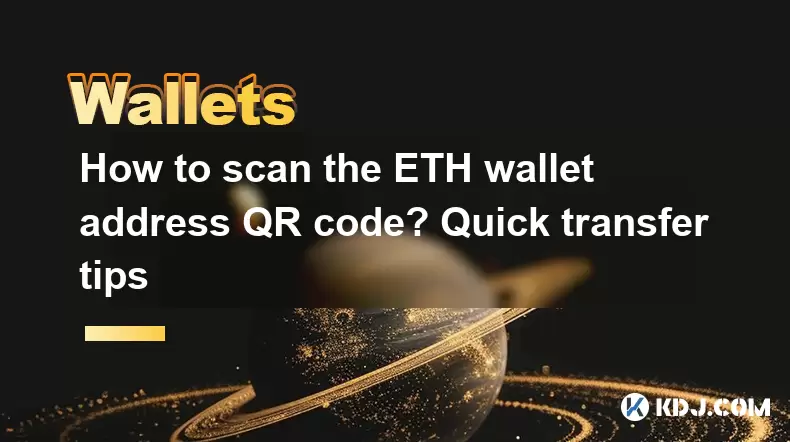
How to scan the ETH wallet address QR code? Quick transfer tips
May 13,2025 at 02:21am
Scanning an Ethereum (ETH) wallet address QR code is a convenient and quick way to initiate transactions. Whether you're sending ETH to a friend or making a purchase, understanding how to properly scan a QR code can streamline your cryptocurrency transfers. This article will guide you through the process step-by-step and provide additional tips for quic...
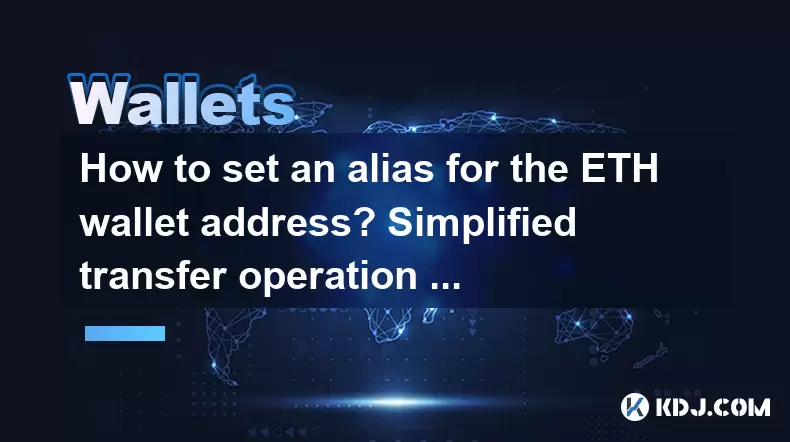
How to set an alias for the ETH wallet address? Simplified transfer operation guide
May 13,2025 at 02:49am
Setting an alias for your Ethereum (ETH) wallet address can significantly simplify the process of sending and receiving cryptocurrencies. An alias serves as a user-friendly name that replaces the long, complex string of characters that make up a typical ETH address. This guide will walk you through the steps to set up an alias for your ETH wallet and pr...
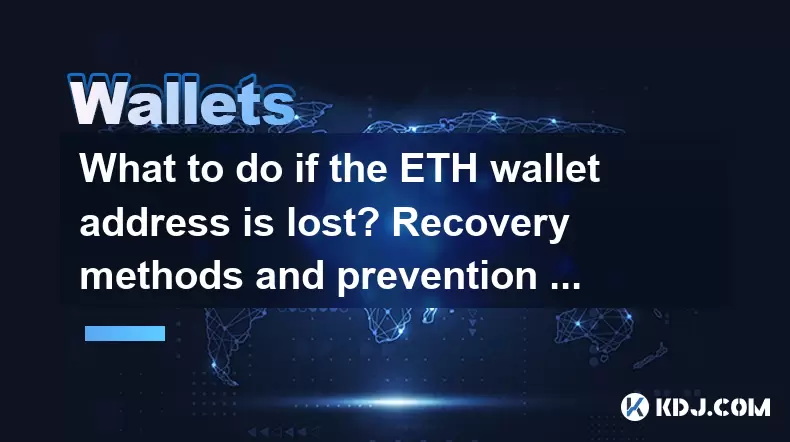
What to do if the ETH wallet address is lost? Recovery methods and prevention suggestions
May 13,2025 at 12:42am
Losing an Ethereum (ETH) wallet address can be a distressing experience, especially if it contains significant funds. However, there are several recovery methods and preventive measures you can take to mitigate the risk and potentially recover your lost wallet. This article will guide you through the steps to recover a lost ETH wallet address and provid...
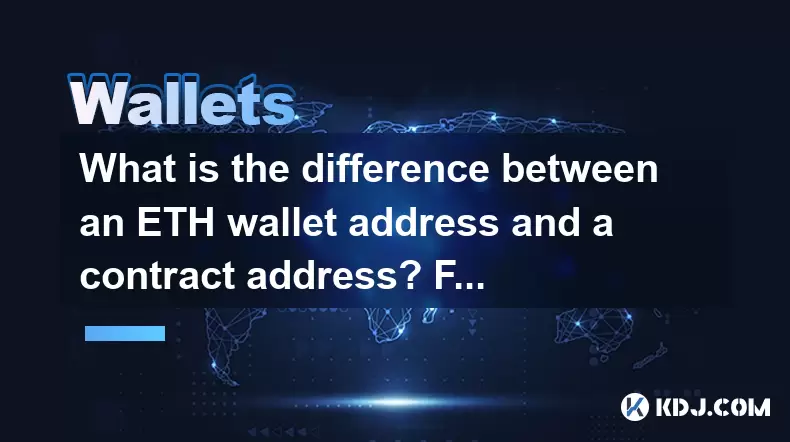
What is the difference between an ETH wallet address and a contract address? Functional comparison
May 13,2025 at 03:42am
The Ethereum blockchain ecosystem comprises various types of addresses, each serving distinct purposes. Understanding the difference between an ETH wallet address and an ETH contract address is crucial for anyone navigating the crypto space. This article delves into the nuances of these addresses, highlighting their functionalities, structures, and use ...
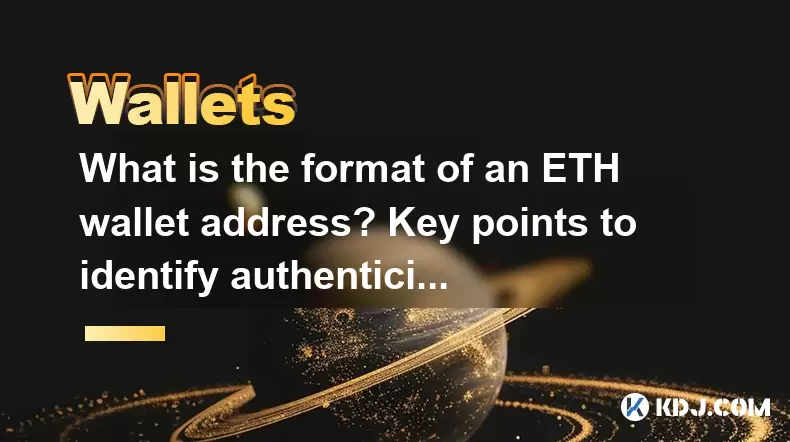
What is the format of an ETH wallet address? Key points to identify authenticity
May 13,2025 at 03:49am
The format of an Ethereum (ETH) wallet address is a crucial aspect of understanding and interacting with the Ethereum blockchain. An ETH wallet address serves as a unique identifier for sending and receiving Ethereum and other tokens on the Ethereum network. Understanding the format and key points to identify authenticity is essential for ensuring secur...

How to hide the ETH wallet address? Privacy-enhancing protection methods
May 13,2025 at 12:28am
Protecting your Ethereum (ETH) wallet address is crucial for maintaining privacy and security within the cryptocurrency space. With the growing concerns over privacy breaches and hacking attempts, it is essential to understand various methods that can help you hide your ETH wallet address effectively. This article will delve into several privacy-enhanci...

How to scan the ETH wallet address QR code? Quick transfer tips
May 13,2025 at 02:21am
Scanning an Ethereum (ETH) wallet address QR code is a convenient and quick way to initiate transactions. Whether you're sending ETH to a friend or making a purchase, understanding how to properly scan a QR code can streamline your cryptocurrency transfers. This article will guide you through the process step-by-step and provide additional tips for quic...

How to set an alias for the ETH wallet address? Simplified transfer operation guide
May 13,2025 at 02:49am
Setting an alias for your Ethereum (ETH) wallet address can significantly simplify the process of sending and receiving cryptocurrencies. An alias serves as a user-friendly name that replaces the long, complex string of characters that make up a typical ETH address. This guide will walk you through the steps to set up an alias for your ETH wallet and pr...

What to do if the ETH wallet address is lost? Recovery methods and prevention suggestions
May 13,2025 at 12:42am
Losing an Ethereum (ETH) wallet address can be a distressing experience, especially if it contains significant funds. However, there are several recovery methods and preventive measures you can take to mitigate the risk and potentially recover your lost wallet. This article will guide you through the steps to recover a lost ETH wallet address and provid...

What is the difference between an ETH wallet address and a contract address? Functional comparison
May 13,2025 at 03:42am
The Ethereum blockchain ecosystem comprises various types of addresses, each serving distinct purposes. Understanding the difference between an ETH wallet address and an ETH contract address is crucial for anyone navigating the crypto space. This article delves into the nuances of these addresses, highlighting their functionalities, structures, and use ...

What is the format of an ETH wallet address? Key points to identify authenticity
May 13,2025 at 03:49am
The format of an Ethereum (ETH) wallet address is a crucial aspect of understanding and interacting with the Ethereum blockchain. An ETH wallet address serves as a unique identifier for sending and receiving Ethereum and other tokens on the Ethereum network. Understanding the format and key points to identify authenticity is essential for ensuring secur...
See all articles






















































































